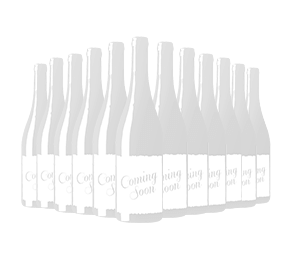Live chat
Alsace produces some of the world’s finest wines, yet they are little known outside its borders. Read on to learn about wines of Alsace, and how to pick the right bottle for you.
Where is the Alsace wine region?
Alsace lies on France’s easternmost edge, sharing a long border with Germany and a short one, to the south, with Switzerland.
You'll find both French and Germanic influences in architecture and cuisine. Here you’ll find sauerkraut Alsace style, flammekueche, choucroute, Zewelwaï (aka tarte à l’oignon) and many more dishes. Indeed, the region is renowned as a gastronomic hub, boasting one of the highest concentrations of Michelin-star restaurants in the world.
And the wines are perfectly designed to go with its cuisine – nearly all dry whites, Riesling with its incisive freshness to cut through the food’s richness, and others like Pinot Gris and Gewurztraminer with roundness and weight.
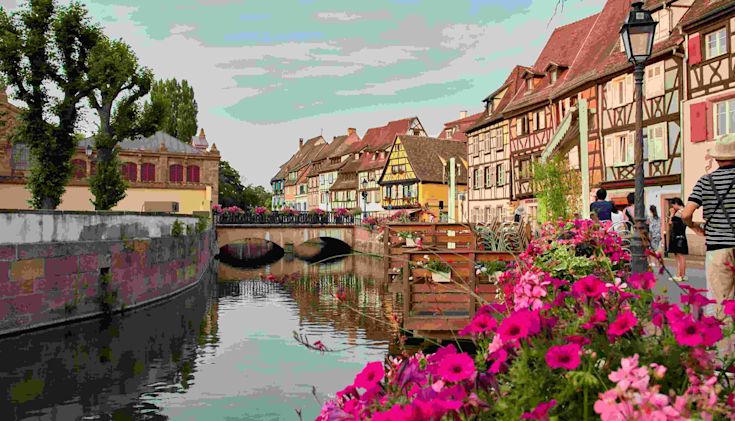
What sort of wine comes from Alsace?
Alsace is one of the great, lesser-known treasures of the wine world, primarily producing white wine (although Pinot Noir is also excellent from Alsace). It is situated on the eastern slopes of the Vosges Mountains which protect this narrow strip of vineyards from wind and rain. It is one of France’s sunniest regions too, which provides Alsace with near-perfect conditions for cultivating grapes – a long growing season, many hours of sunshine coupled with cool nights to produce well-ripened grapes with aroma, very pure fruit and freshness.
And thanks to its complex array of different soils and microclimates, the region produces exceptional wines of elegance and complexity. A favourite among wine professionals.
And the good news is that it’s easy to get an initial grasp of the flavour of a wine from its label. That’s because, unlike most other French regions, Alsace must display the name of the grape variety on the wine label and nearly all are single varietal (made from just one grape).
There are two exceptions – Alsace Edelswicker, which is made from a number of the region’s noble grape varieties – Riesling, Pinot Gris, Gewurztraminer, and Muscat. While Gentil must be half noble grape varieties, with the rest blended from Pinot Blanc, Sylvaner and Chasselas (classed as not quite as noble!).
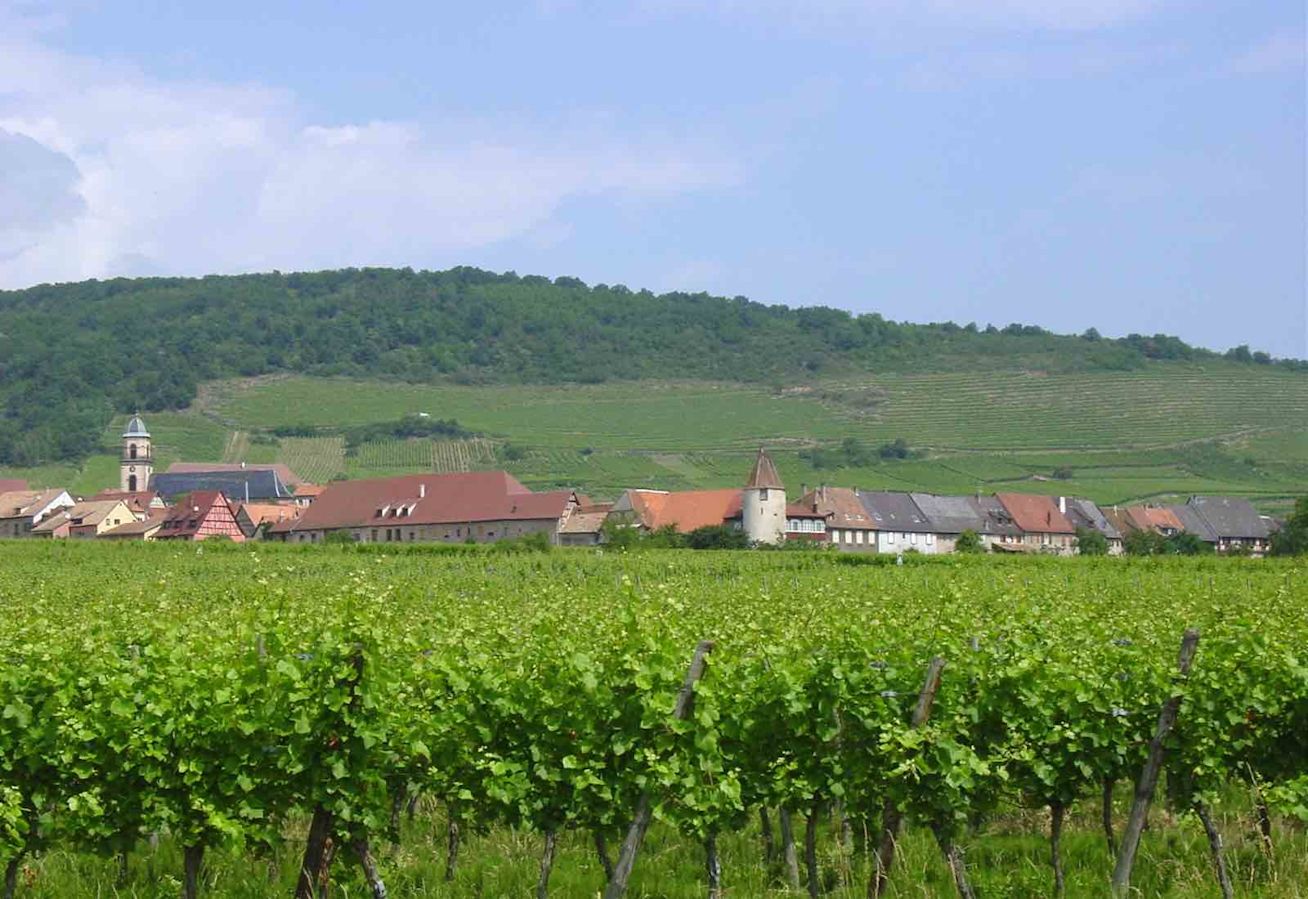
What are the main grape varieties in Alsace?
Eight major grape varieties are grown in Alsace but the four known as ‘noble’ make up the majority of the region’s production. These are:
Riesling – the king grape of the region, Riesling from Alsace is made in a dry style (unless late harvest and labelled Vendages Tardives or Séléction des Grains Nobles). Thanks to the sunshine, they have a purity, intensity and weight, with great acidity so the best age well – always a vibrant expression of its terroir.
Gewurztraminer – again, often made in a drier style, but with its richness, ripe fruit and voluptuous body, wine lovers often class it as medium. It brings an explosion of exotic fruit aromas … lychee, pineapple and spice with lovely intensity. Acidity tends to be low.
Pinot Gris – more aromatically subtle than the Gewurztraminer, but still big on aromas of spice and exotic ripe fruit, with richness and body.
Muscat – there’s a lightness of touch in the Muscat wines, with lots of grapiness, floral notes and hints of summer meadow.
Pinot Blanc – not classified technically as noble, but its wines have a lovely balance of creamy pear and apple fruit, purity and roundness.
Pinot Noir – the only red grape and surprisingly not classed as noble, but still making very fine, delicate and silky red wines.
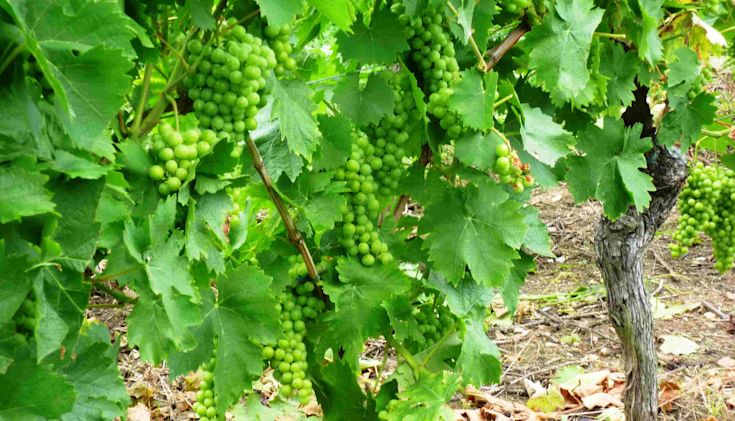
Alsace wines – the quality levels
Despite being little-known, Alsace wines are relatively easy to understand as there are just five quality levels:
Alsace AOC – the majority of Alsace wines come under this appellation, which covers red, white and rosé wines. Most, as mentioned earlier, are made from a single grape variety, which is listed on the label. Don’t assume that these are all entry-level wines though – Alsace AOC wines can be very fine indeed!
Alsace Grand Cru AOC – Like all great French wine regions, Alsace has a number of Grands Cru vineyards – 51 to be exact. Each has a unique style and character thanks largely to their soil and climate, and also the hand of the winemaker. The name of the Grand Cru is permitted on the label. Wines made from these exceptional terroirs represent less than 5% of the total production of the wine-growing area.
Crémant d’Alsace – The region also produces some exceptional sparkling wines, Crémant d’Alsace, which typically have a creamy mousse and aromas of white fruits (apples, pears), peaches, apricots and even citrus fruits.
Vendanges Tardives – this means the wine is a sweet wine made using late-harvested grapes ie they are left to ripen on the vines longer, so they are riper, more concentrated and with less moisture. The wines are luscious, honeyed and delicious.
Sélection de Grains Nobles – this indicates very sweet wines made from grapes with Noble Rot. The wines can only be sold after ageing for 18 months.
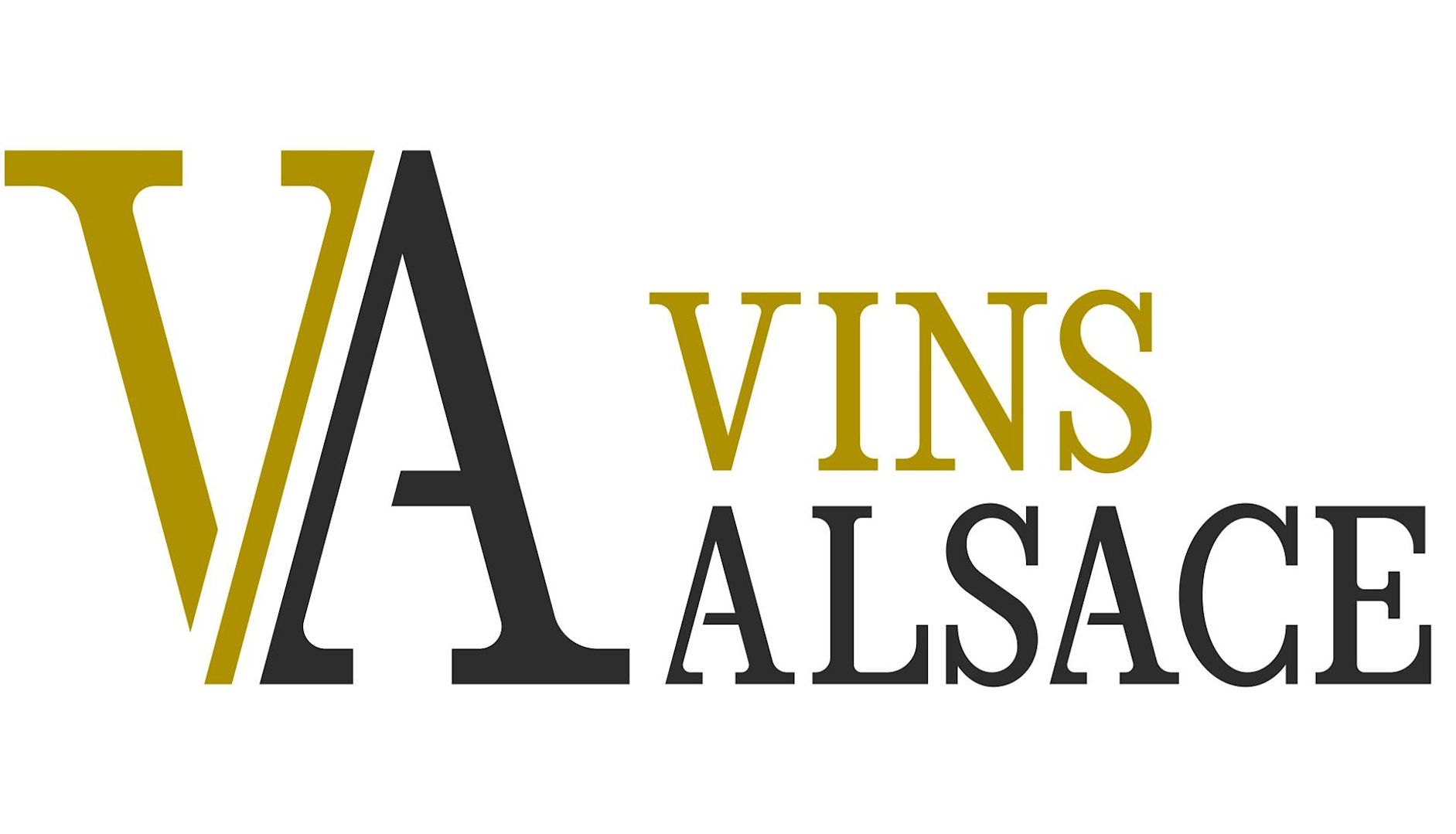
Where to start with Alsace wines?
If you’re new to Alsace wines, perhaps start with an Alsace AOC made from a familiar grape – a Riesling or a Pinot Gris (aka Pinot Grigio). If you like lighter, elegant reds with expressive aromas, try a Pinot Noir. And if dessert wines are your thing – you’ll be amazed how good the Vendanges Tardives and Sélections de Grains Nobles are – these are some of the finest sweet wines in the world.
About the author
Nikki Jacoby
Nikki has spent all her career in wine, selling it first by the spoken word, then as a writer in the publishing world, before returning to work within the Laithwaites’ copy team for most of the last 30 years. Many years ago, she passed both halves of the diploma, but the greatest education in wine has been a full immersion in it, visiting the places and talking to its many passionate producers. As a topic, it will never cease to fascinate.
